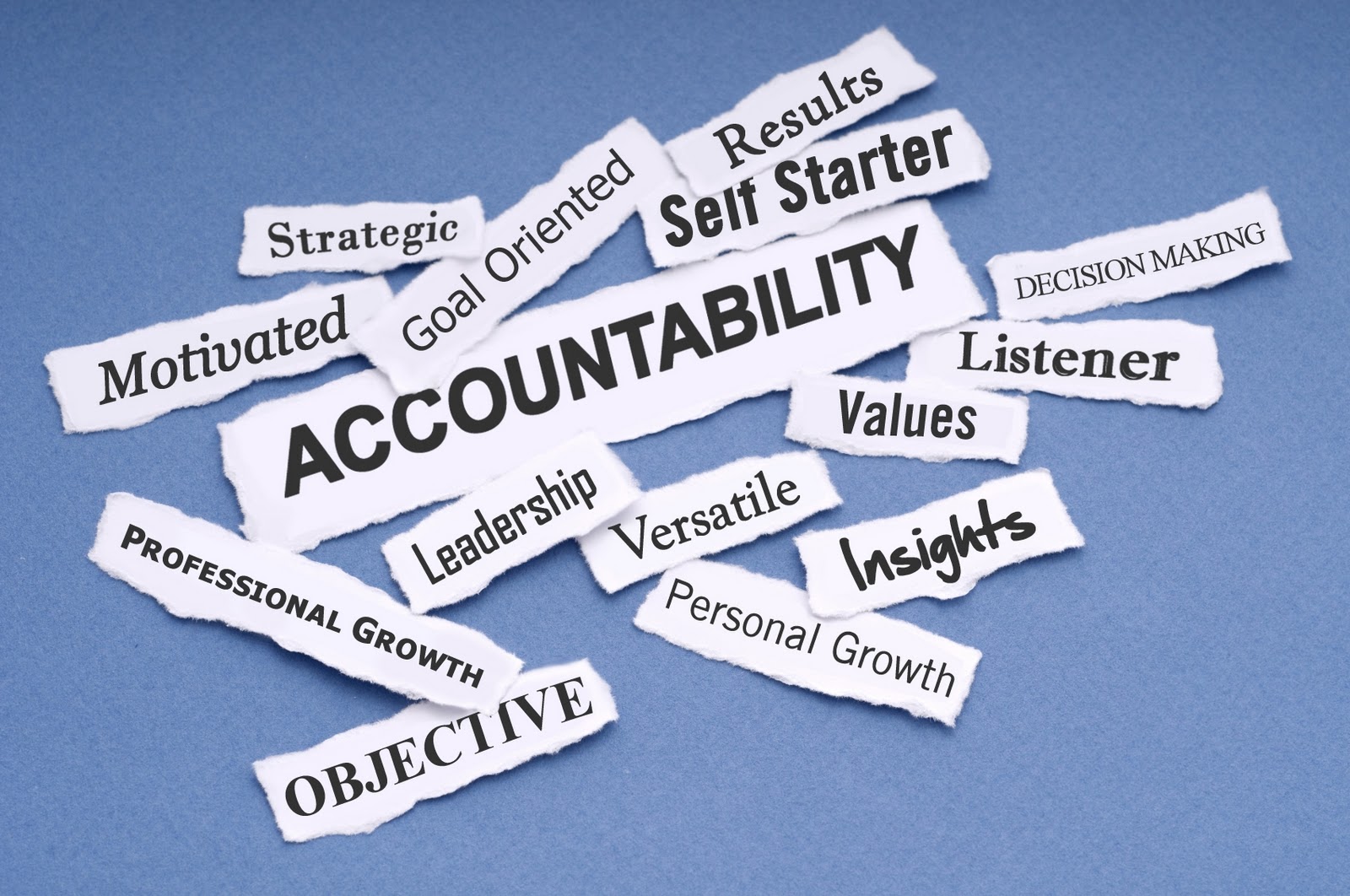![]()
Are there people in your organization that regularly break promises, violate expectations, or behave badly? Does a lack of accountability and a culture of indifference encourage this behavior and make others afraid to speak up?
As budgets continue to be trimmed, hours increase and the workload goes from do-able, to nearly impossible. Employees are overworked, overstressed, and underappreciated. This can lead to a breakdown of accountability, a crucial metric in mission accomplishment and workplace satisfaction.
When we’re confronted with a violated expectation, we run through a cost-benefit scenario in our minds. Is it worth speaking up? For example, you’re standing in line at the store when someone cuts in front of you. How do you react? Will you speak up? Almost everyone says yes, but in reality almost nobody does. We frequently convince ourselves that it’s only a minor issue. Speaking up could actually cause more trouble than it’s worth.
What if the stakes were higher? That’s what the authors of Crucial Accountability – the book from which the majority of this article comes – sought to answer. They studied hospital hygiene. If a doctor forgets to wash her hands when entering a patient’s room, will the nurse remind her to do so? Most will not. Incurring the wrath of a physician could ruin a nurse’s career. Plus, maybe the doctor already washed her hands elsewhere? Perhaps her last patient wasn’t contagious. Even if they were, maybe it won’t spread to her current patient. The nurse has filled in the details of the story and tipped the cost-benefit calculation in favor of silence.
The good news? The ability to speak up when faced with a difficult situation is a skill that can be taught like any other. All you need to learn is what to say and how to say it.
- Work on me first
- Choose what and if
- Think CPR – Content, Pattern, Relationship
- Master my stories
- Confront with Safety
- Start with Safety
- Describe the gap
- Make it motivating / Make it easy
- Move to action
- WWWF – Who does What by When and Followup
Work on me first
Choose What and If – Conversations live and die through the words we utilize and the way we deliver them. This means we must think before we speak. Take a moment to determine what the actual problem is. If it’s multi-faceted, try to unbundle the problem into the major issues. To help choose from the list of possible problems, ask what you really want. To decide IF you are going to speak up, ask yourself: What are the immediate and long-term consequences of not speaking up? What benefits will come from resolving the problem? Is your conscience nagging you? Are you unwittingly acting out your concerns through body language?
Think CPR to help determine the pattern. Content, Pattern, Relationship.
- The first time a broken commitment occurs, think content – this is the simple problem in the here and now.
- The next time it occurs, think pattern. Pattern issues acknowledge the history of a problem, which can be significant.
- If the problem continues, think about what effect it is having on your trust and relationship with the individual.
Master My Stories – It takes only a split second to send a well-intentioned conversation down the wrong track. When someone violates a commitment, we unconsciously create a story about why they did what they did. When emotions are involved, adrenaline kicks in and blood flows out of the cognitive center of our brain into the “reptilian brain.” This primitive area deals with conflict through blaming, denial, and avoidance. We jump to conclusions, make assumptions, and attribute personality factors to actions. We commit the fundamental attribution error and employ a dispositional view of others rather than a situational view. “Before we begin the conversation, we must move from judge, jury, and executioner to curious participant.”
Confront with Safety
Start with Safety – When we begin the conversation, we must share our good intentions. People will not engage in a conversation and may become defensive if they feel attacked or unsafe. Google recently found that safety was the single biggest determining factor in highly effective teams.
Describe the Gap – Start with the facts (what was expected versus observed) and share your tentative story (“I’m beginning to wonder if…”) Avoid speaking in absolutes (“you never” or “I always”). Use statements that allow for differences of perception (“I believe” or “It seems”).
Make It Motivating / Make it Easy – There are generally two ways to violate a commitment: Motivation or Ability. It’s important to determine which is the case.
- Motivation problem – consider the negative natural consequences associated with the person’s existing behavior. What are the positive natural consequences associated with the desired behavior? Identify both long-and short-term consequences and illuminate them.
- Problem of ability – what barriers might be keeping the person from doing what is expected? What might you do to make it easier to solve the problem? Is it a problem of training? Experience? Consider options and ideas to help develop the ability.
Move to Action
Finally, after an accountability conversation it is critical to clearly communicate what happens next. Use the acronym WWWF: Who does What by When & Follow through. Clearly and concisely communicating the expectations from the conversation helps to prevent holding the same accountability conversation again in a few days. Remember to follow up to ensure you are both still on the same page.
Hopefully these tools are of benefit! If you’re interested in learning more, check out Crucial Accountability and Crucial Conversations.
Dylan Mroszczyk-McDonald is part of the GovLoop Featured Blogger program, where we feature blog posts by government voices from all across the country (and world!). To see more Featured Blogger posts, click here.





Leave a Reply
You must be logged in to post a comment.